Local Area Network (LAN)
A computer network inside a building, floor.
LAN used in offices, schools, colleges or universities.
LAN provides a useful way of sharing printers, file servers, scanners, and the internet by users.
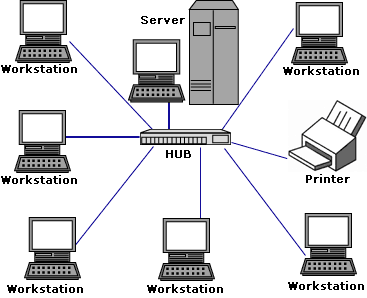
Metropolitan Area Network (MAN)
- The Metropolitan Area Network (MAN) connected LANs throughout a city such as a cable TV networks.
- Metro Ethernet is a service that is provided by ISPs.
This service enables its users to expand their Local Area Networks. - For example, MAN can help an organization to connect all of its offices in a city.
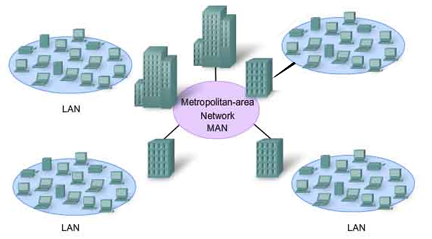
A wide area network (WAN)
A network or computer network that extends over a large geography.
Wide area networks are often established with leased telecommunication circuits.
Dialog network is a WAN.
Internet is a WAN.
Desk Area Network (DAN)
DAN is a multimedia workstation based around an ATM interconnect. All communication between peripherals and even between the CPU and its main memory is achieved by sending ATM cells through a switch fabric.
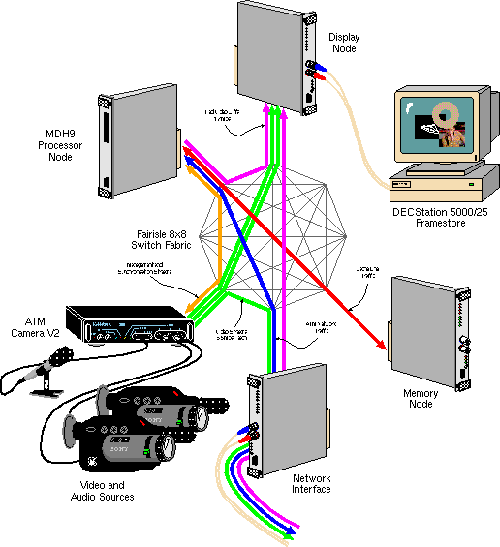
DAN uses a concepts of fabric computing.
Controller Area Network (CAN)
CAN is a vehicle bus standard that allows microcontrollers and devices to communicate with each other within a vehicle. CAN is a message-based protocol originally designed for automotive applications, but it is also used in other areas such as industrial automation.
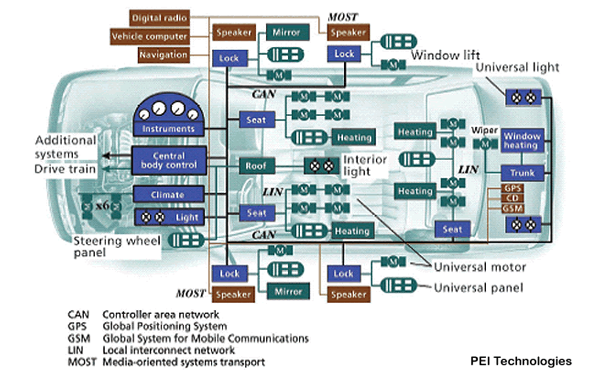
Personal Area Network (PAN)
A Personal Area Network (PAN) is smallest network which is very personal to a user.
Use Bluetooth or infra-red enabled devices, range up to 10 meters.
PAN may include wireless computer keyboard and mouse,
Bluetooth enabled headphones, wireless printers and TV remotes.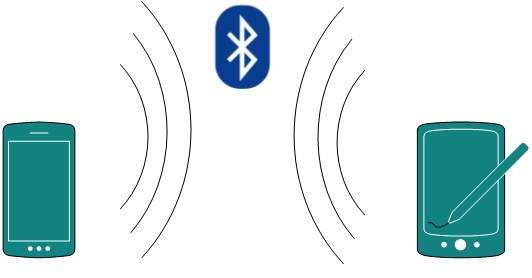
A body area network (BAN), also referred to as a wireless body area network (WBAN) or a body sensor network (BSN), is a wireless network of wearable computing devices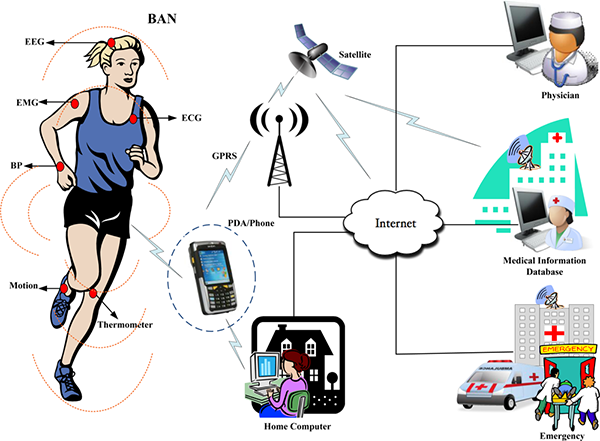
 ශිල්ප 64
ශිල්ප 64